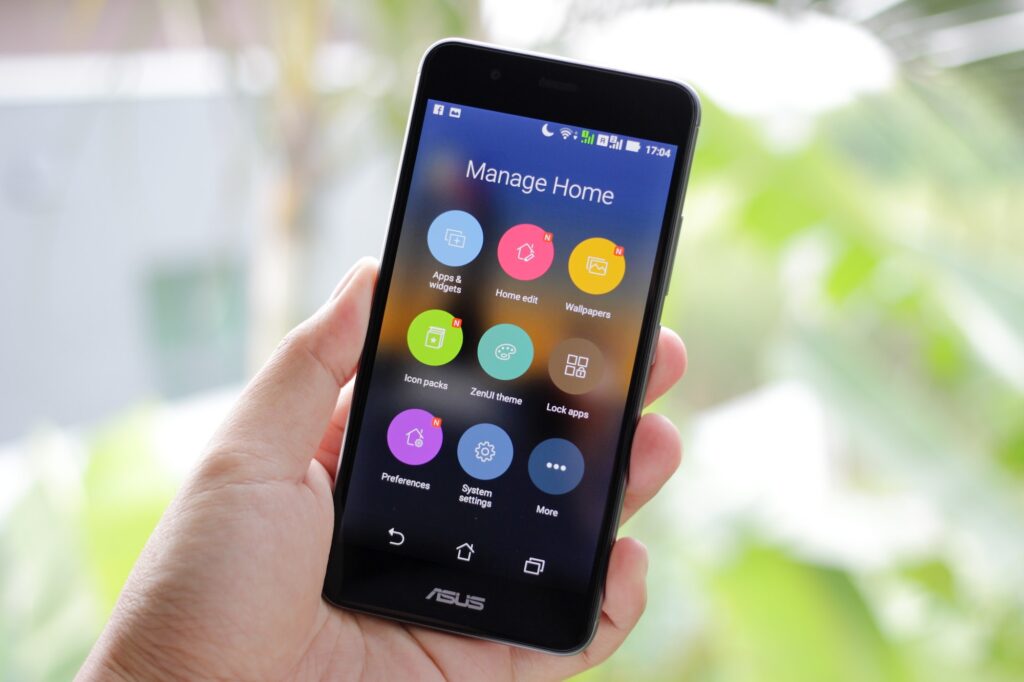Data breaches have been a top concern for internet users over the past year as the pandemic led to increased online activities. According to experts, data threats will continue to create havoc this year, too, and well into the future. So, guarding your accounts and their data should be a priority if you intend to maintain online privacy and safety. 2-factor authentication is a great way to protect your business, privacy and data breaches.
This growing urgency to assure data security has given rise to 2-step verification or two-factor authentication (2FA). But what exactly is 2-Factor? Why is it essential for account safety? And how can you use it with ease to protect your online accounts? Let’s find out.

How To Use 2-Factor Authentication In With Ease
The precarious state of passwords.
Of course, passwords have been the quintessential guardian of data for decades now. Its importance needs little to no explanation. Yet, today, it’s become a critical source of data vulnerabilities. Last year alone, weak or stolen passwords were responsible for 81% of data breaches.
But why are passwords putting you at risk now? The problem lies in some inherent issues of password security. To begin with, they are hard to remember. As a result, many people resort to easy-to-remember terms like “123456”, their date of birth, high school, or street name. But these are easy to guess for cybercriminals as well. So naturally, they are hardly an appropriate substitute for the strong passwords that experts recommend. To make matters worse, increased social media activities have made it easier for anyone to figure out these common personal details.
And when the number of personal accounts rises, managing passwords becomes an even bigger struggle. So, many individuals apply the same password for most or all of their accounts. But this simply increases the risk of data breaches. It’s similar to having a single key that could open the front doors in your entire neighbourhood.

In comes two-factor authentication.
In the recent past, two-factor authentication has quickly taken off as a viable solution to tackle the various challenges of guarding accounts. It offers a second authentication factor on top of a password. In short, it creates an additional security shield for your account data.
But how does it work? Once you enter the password, businesses like Google will verify your identity with a second prompt, such as a security passcode sent to your phone or email address. This has three distinct advantages.
- There is zero memorizing involved. As a result, 2-Factor can remove the potential risks of recycling security credentials or writing them down. This simple factor eliminates many of the weaknesses that have made the traditional password ineffective.
- They are hard to share and steal. Unlike passwords, the second authentication factor is often unshareable. Let’s say that a criminal launches an email phishing attack to deceive you into sharing your account credentials. At best, they might phish your username and password, but not the second factor. This is mainly because passcodes, for instance, have a limited lifespan, typically a few seconds. Beyond that, they become unusable. This quality of 2-Factor protocols will allow you to protect your accounts from phishing threats and hacking attacks.
- They are effortless to use. Passcodes, for instance, are randomly generated codes. Once set up, there’s absolutely no extra effort required from your side. So, they are much like an effortless security boost for your accounts. And there are many 2-Factor options available now, from authentication apps to security tokens that generate random security codes. You can even use biometric verifications like fingerprints and iris scans. Biometrics are super safe and a great use of technology.

Using two-factor authentication with ease: What you need to know.
Today, many companies, from Google to Amazon, offer two-factor authentication for their users. However, primarily due to a lack of understanding, adoption is still at an early stage. Nevertheless, it remains a simple and effective solution to gear up account security.
So, if you’re ready to adopt 2FA, here’s how to set it up for your accounts.
- Identify all your online accounts. Then go into their Settings options to find out if 2FA is available. You can often find it under the Security features.
- Determine which 2FA solution you would like to adopt. Of course, each platform will have a separate set of verification options. Twitter, for example, provides three choices to receive a verification code: via a text message, authentication app, or security key. Each method comes with pros and cons, although they are mostly similar in nature. Assess them carefully, and select the most convenient option for you. After that, you are all set to go. It’s as simple as that.
Now, it’s important to note that setting up 2FA does not warrant abandoning your general data security practices. It is because no security measure is foolproof. And eventually, criminals are bound to exploit some form of glitch, security vulnerability, or lapse. For example, let’s assume you have set up a two-factor authentication app on your phone. Now, if you lose the phone, you will also lose access to your 2FA facilities. Even worse, you could be allowing a criminal to access your accounts. The same applies to email verification passcodes. If a cybercriminal gets into your email account, they might easily get into your other personal accounts, too.
This makes general security measures critical even when you have two-factor authentication. For example, you will still need to protect your devices and email accounts and set up malware protection to avoid a hacking threat.
Another essential point many individuals misunderstand is the role of 2FA. It is essentially an additional security layer for your password, not a replacement for it. This makes password security important, even when you have set up two-factor authentication. So, choosing airtight passwords and keeping them secure is crucial to keep your accounts safe. Besides, a weak password on your email account or smartphone could substantially weaken the effectiveness of 2FA, too.
